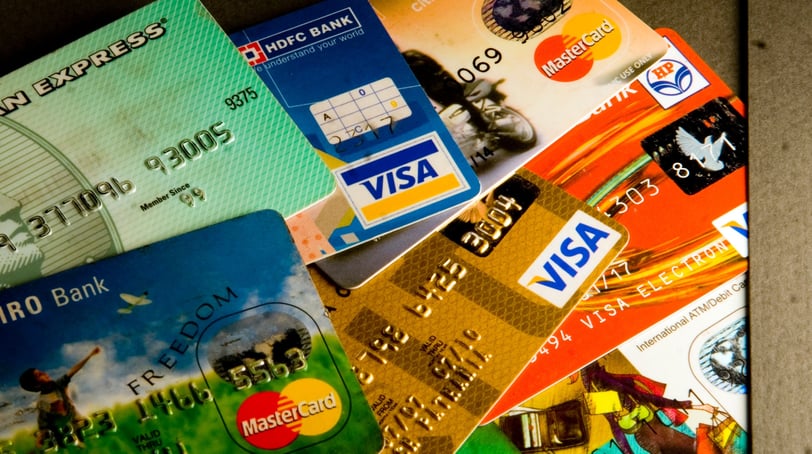
Loan scam
With the increasing reliance on digital banking and online financial services, scammers have found new ways to deceive people into losing their hard-earned money. From fake loan offers to phishing attacks, financial fraud is on the rise. In this blog, we’ll discuss some of the most common loan and banking scams, how they work, and how you can stay protected.
Mohit Tejwani
3/31/20252 min read


1. Fake Loan Offers
Many people fall victim to scams promising quick and easy loans with low interest rates and no credit checks. These fraudsters operate through websites, social media ads, and unsolicited messages, tricking victims into paying an upfront "processing fee" for a loan that never materializes.
How Fake Loan Scams Work:
Scammers create professional-looking websites that mimic legitimate financial institutions.
They promise loans without requiring much paperwork or credit checks.
Victims are asked to pay an application fee, processing fee, or insurance fee before receiving the loan.
Once the fee is paid, the scammer disappears, and no loan is ever given.
How to Stay Safe:
Verify the lender’s credentials through official banking authorities.
Avoid any loan offer that requires upfront payments. Legitimate banks deduct processing fees from the loan amount, not before approval.
Be cautious of unsolicited loan offers via email, SMS, or phone calls.
Check online reviews and complaints before engaging with a financial service.
2. Credit Card Fraud
Credit card fraud is one of the most common banking scams. Scammers pose as bank representatives and trick victims into revealing their card details, CVV, PIN, or OTPs, which are then used for unauthorized transactions.
How Credit Card Fraud Works:
Fraudsters call, email, or message victims pretending to be from a bank.
They may claim there is an issue with your card or offer to upgrade it to a premium version.
Victims are asked to share sensitive details such as card numbers, CVVs, or OTPs.
The scammer then uses this information to make fraudulent transactions.
How to Stay Safe:
Never share your credit card details, PIN, or OTP with anyone, even if they claim to be from the bank.
Banks never ask for OTPs or CVVs over the phone or email.
Monitor your credit card statements regularly for any suspicious transactions.
Enable transaction alerts to receive instant notifications of any activity on your card.
3. Phishing Attacks
Phishing is a cybercrime where scammers create fake bank websites that look identical to real ones. Unsuspecting users enter their login credentials, believing they are accessing their bank accounts, only to have their details stolen.
How Phishing Scams Work:
Victims receive an email, SMS, or message with a link that appears to be from their bank.
The link directs them to a fake website that looks almost identical to their bank’s official page.
Once users enter their username, password, or OTP, scammers capture the details and use them for fraudulent transactions.
How to Stay Safe:
Always verify website URLs before entering banking credentials. Legitimate websites start with "https://" and have correct domain names.
Do not click on links in unsolicited emails or messages claiming to be from your bank.
Enable two-factor authentication (2FA) for online banking to add an extra layer of security.
Report phishing attempts to your bank and cybersecurity authorities.
Scams
Stay informed about various digital scams worldwide.
For Reporting Scam: Please Contact
+91- 1930
© 2025. All rights reserved.